
Halley’s Comet Is Back, But This Time, It’s Raining Fire
Halley’s Comet Is Back, But This Time, It’s Raining Fire

Okay, maybe Halley’s Comet itself isn’t making a grand return just yet—but its ancient trail of space dust is, and it’s putting on a fiery show in our skies. On May 5 and 6, 2025, skywatchers around the world will be treated to the Eta Aquariid meteor shower, one of the most dazzling celestial events of the year. This annual light show is thanks to Earth passing through debris left behind by Halley’s Comet—a comet that continues to captivate humanity even while it's far from view.
Halley’s Comet: A Legacy That Keeps Burning
Known officially as 1P/Halley, Halley’s Comet is the most famous periodic comet in history. It’s visible from Earth roughly every 76 years, last seen in 1986, and is expected to return in 2061. But even in its absence, Halley’s influence lives on—especially through meteor showers like the Eta Aquariids (in May) and the Orionids (in October).
As the comet loops through the solar system, it leaves behind a long trail of dust and ice particles. When Earth crosses this debris field, those particles enter our atmosphere at speeds of up to 66 km/s (148,000 mph). The result? Brilliant meteors that streak across the night sky in a fiery display.
What Makes the Eta Aquariids So Special?
The Eta Aquariid meteor shower is renowned for its fast, bright meteors that often leave glowing trails—or persistent trains—that linger for several seconds. Some meteors, known as Earthgrazers, enter the atmosphere at shallow angles, creating long, dramatic paths that captivate stargazers.
Here’s what to expect:
-
Peak viewing dates: May 5 and 6, 2025
-
Southern Hemisphere: Up to 50 meteors per hour under ideal conditions
-
Northern Hemisphere: Around 10 to 20 meteors per hour
-
Meteor speed: Extremely fast, often leaving long-lasting luminous trails
The Eta Aquariids are considered one of the best meteor showers for the Southern Hemisphere, but observers worldwide can still enjoy the event—especially in areas with dark, clear skies.
When and Where to Watch
The meteor shower is active from April 15 to May 27, but your best chance to see it is during the pre-dawn hours of May 5 and 6—typically between 3:00 a.m. and 5:00 a.m. local time.
To maximize your viewing experience:
-
Find a dark location, far from city lights
-
Avoid moonlight if possible—luckily, in 2025, the moon will be in a waning crescent phase, making for ideal conditions
-
Give your eyes 20–30 minutes to adjust to the darkness
-
Lie flat on your back or use a reclining chair to get a full view of the sky
No telescopes or binoculars needed—just bring your patience, a warm blanket, and perhaps a thermos of coffee!
How to Photograph the Eta Aquariids
Want to capture the meteor magic? Here are a few tips for astrophotography beginners:
-
Use a tripod to keep your camera steady
-
Opt for a wide-angle lens to capture more sky
-
Set your camera to a long exposure time (15–30 seconds)
-
Use manual focus, adjusted to infinity
-
Use a remote shutter release or timer to prevent shaking
Remember to shoot multiple frames—you never know when the perfect meteor will blaze by!
A Global Light Show
While those in the Southern Hemisphere will get the best view, the Eta Aquariids are still visible from the Northern Hemisphere—just a bit lower on the horizon. Even if you see fewer meteors, they tend to be brighter and longer-lasting, making for a spectacular show with a bit of patience.
Don’t Miss This Celestial Connection to Halley’s Comet
Though Halley’s Comet won’t be back in our skies until 2061, its presence is still felt through the Eta Aquariid meteor shower. Each shooting star is a tiny piece of the famous comet, burning up in Earth’s atmosphere as a reminder of the cosmos’ timeless beauty.
Whether you're a seasoned stargazer or just someone who enjoys nature’s wonders, May 5 and 6, 2025, are nights to mark on your calendar.
News in the same category


Greece Rocked By Massive Earthquake As Tsunami Warning Sparks Panic
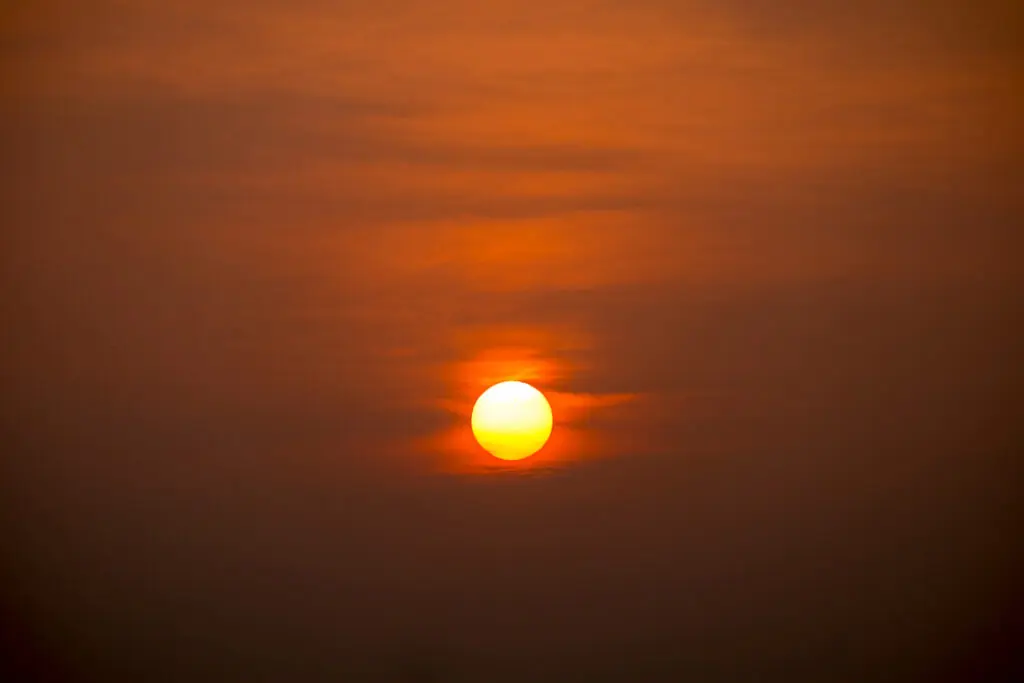
Sun Unleashes Monster Flare As Scientists Say Earth Could Be Hit By Massive Solar Storm Tomorrow

Modern House Fires Burn Faster: Why You May Have Only 3 Minutes to Escape
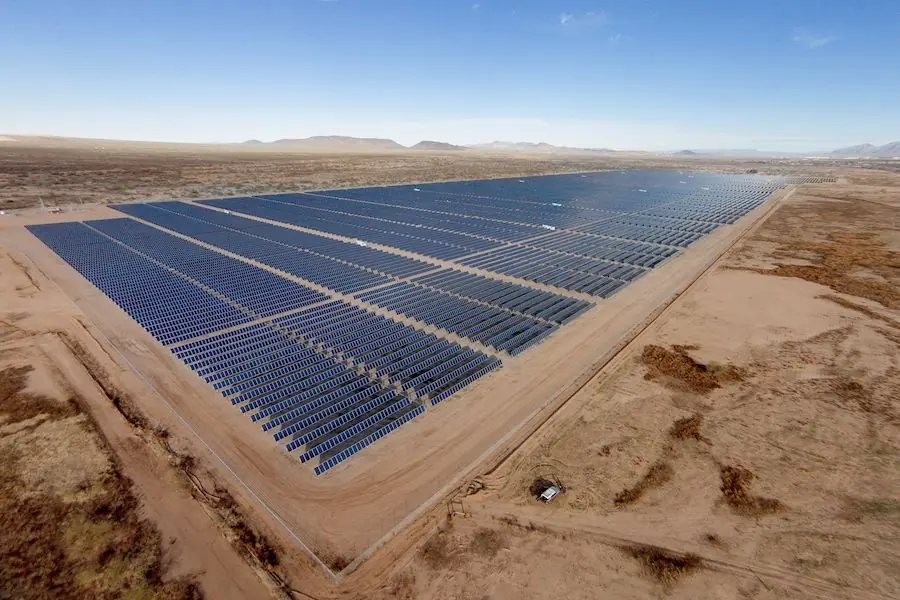
Could the Sahara Desert Power the Entire World with Solar Energy?
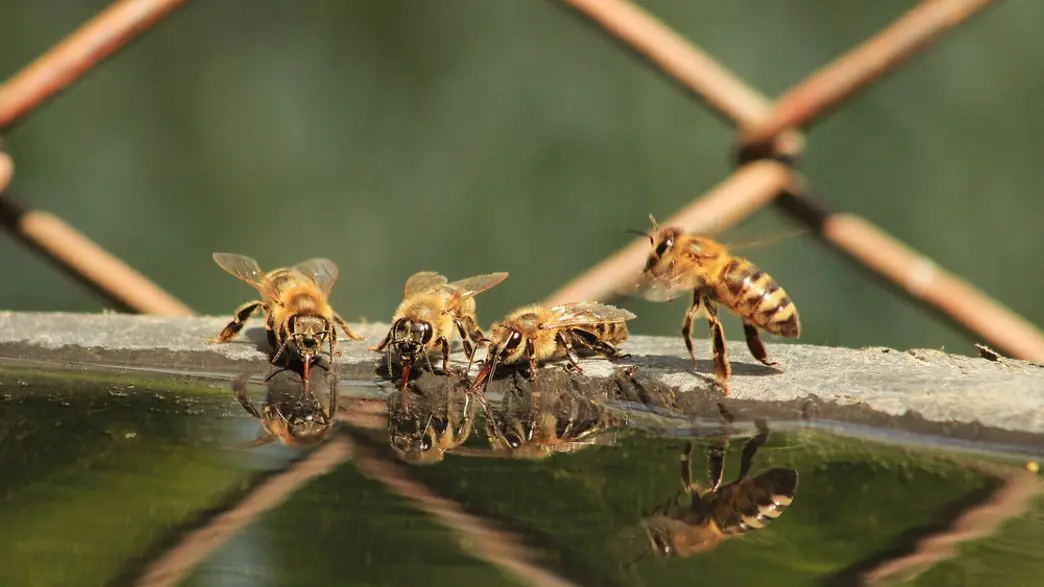
Drunk Bees? How Fermented Nectar Affects Honeybees in Australia
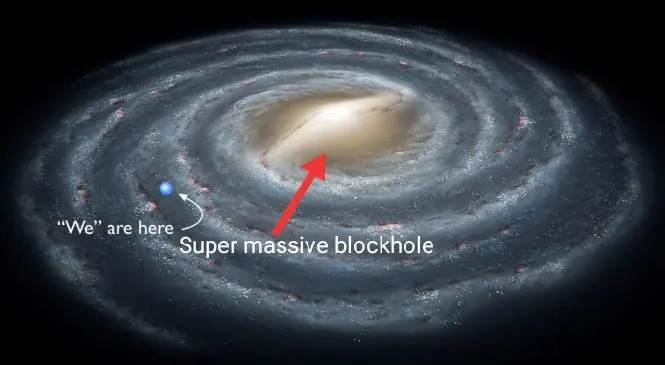
How Small Earth Is in the Universe—And Why That Should Inspire Us

$20 Trillion Tunnel Could Zip You From U.S. To U.K. In Just 54 Minutes
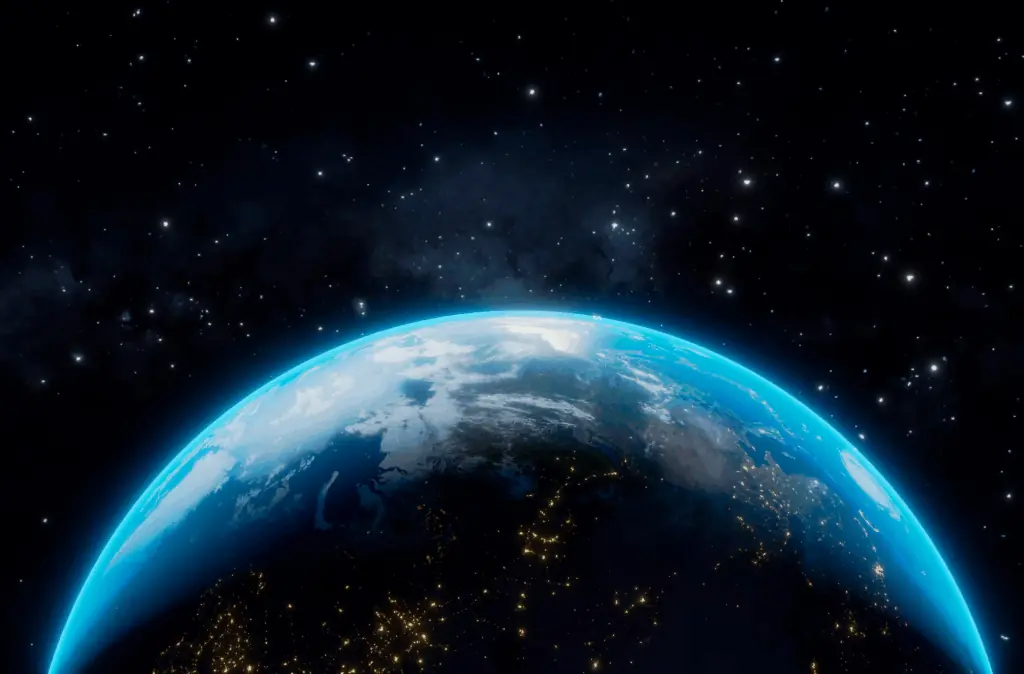
Scientists Baffled By Earth’s Mysterious 26-Second ‘Heartbeat’—Still No Clear Explanation
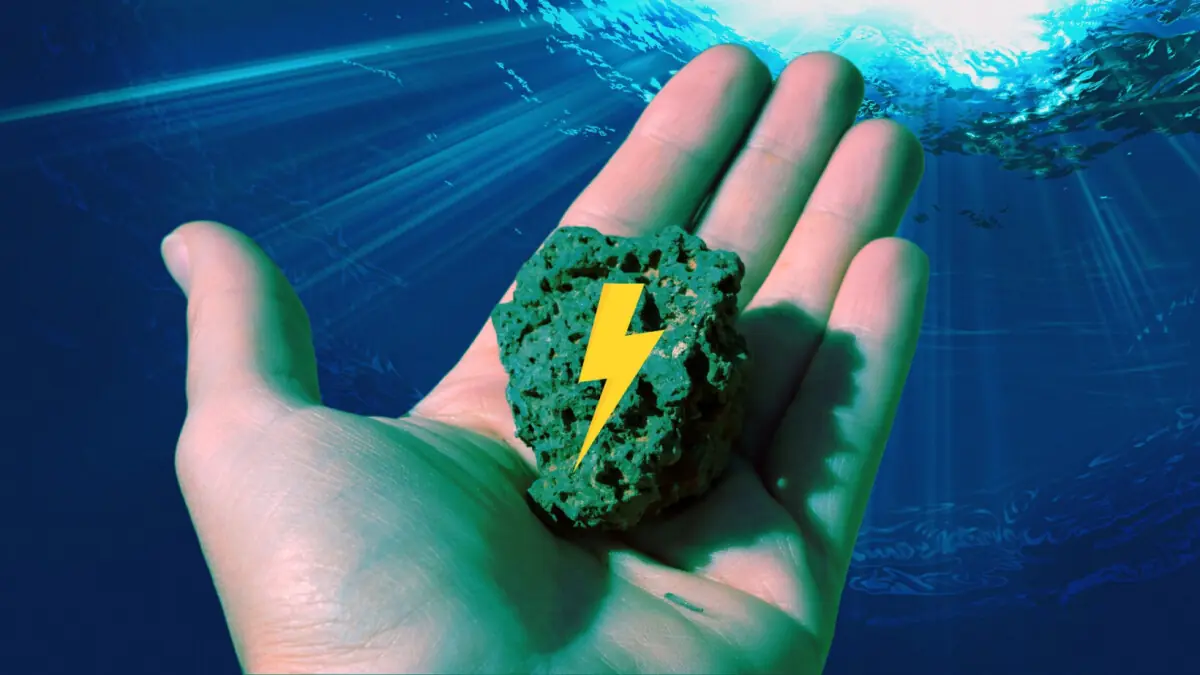
Deep-Sea Discovery: How “Battery Rocks” Are Producing Oxygen 4,000 Meters Below the Pacific

Understanding Evolution: Evidence That Species Evolve Over Time

Alfred Wegener: The Scientist Who Was Laughed at in 1912—But Changed Earth Science Forever
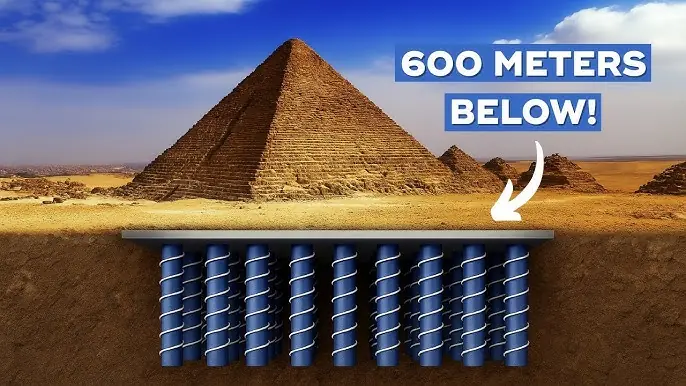
Shocking Discovery Beneath the Great Pyramid of Giza: Lost Advanced Technology?

Scientists Propose Cooling Earth By Spraying 12 Million Tons Of Particles From Boeing Jets

From Recycled Materials To Viral Fame: Teen’s Diy Lamborghini Replica Turns Heads

Astronomer Rides Simulation To The Edge Of The Universe—Chasing Light From The Big Bang

Controversial Inventor’s Mysterious Death Sparks Debate Over Alternative Energy Suppression

Largest Dinosaur Ever Discovered in Argentina: New Titanosaur Fossil Unearthed

Dark Oxygen" Discovered in Pacific Ocean: A Breakthrough in Understanding Life on Earth and Beyond
News Post

Persistence Hunting: How the San People of the Kalahari Master the Art of Endurance

Breakthrough Cancer Treatment Uses Ultrasound and Microbubbles to Destroy Tumors from Within

Fatty Liver Disease Affects 1 in 4 People — A New Treatment Shows Promising Results

Menopausal Brain Fog? Low Iron Levels May Be the Hidden Cause

Lung Cleansing with a Powerful Natural Garlic Juice

A recent study has uncovered a key switch in aging—and it all comes down to a structure inside your cells called the nucleolus

ScienceScientists Say Viral Infections Could Be The Hidden Cause Of Alzheimer’s — 30 Years Of Research Now Validated

Greece Rocked By Massive Earthquake As Tsunami Warning Sparks Panic

Sun Unleashes Monster Flare As Scientists Say Earth Could Be Hit By Massive Solar Storm Tomorrow

🧄🌿 Natural Remedy for Leg Pain, Rheumatism, Varicose Veins & Arthritis with Cloves and Garlic

Modern House Fires Burn Faster: Why You May Have Only 3 Minutes to Escape

White Clover (Trifolium repens): 15 Benefits and Homemade Uses

A Mom of 7 Demanded My Deaf Grandpa Get Out of the Elevator—So I Brought Her Back to Reality

Could the Sahara Desert Power the Entire World with Solar Energy?

Breakthrough Protein Combo Could Heal Heart Damage and Regenerate Organs

Head Injuries May Reactivate Dormant Viruses and Trigger Alzheimer’s-Like Brain Damage

How Blood Production Changes After 70: New Research Reveals a Surprising Shift

My Ex-husband Got Our House, Car and All Our Money After Divorce – I Laughed Because That Was Exactly What I Planned
